There are few places on Earth where the soil runs so deep with history and emotion as Ayodhya. Imagine a city where myth and memory collide, where the footsteps of gods are said to echo through ancient temples, and where the passions of millions have been ignited by faith. The Ayodhya dispute is not just a tale of bricks and mortar—it is a saga of belief, belonging, and the burning question of what it means to be part of a nation. From the banks of the Sarayu River to the bustling streets of modern India, Ayodhya’s story is one of sacredness and strife, hope and heartbreak. Its land has witnessed centuries of devotion, conflict, and transformation, all woven together in an extraordinary tapestry that continues to shape the country’s soul. Step into this world where history and destiny meet, and let’s uncover the layers of a controversy that has stirred millions, forged identities, and challenged the very idea of coexistence.
The Ancient Roots of Ayodhya
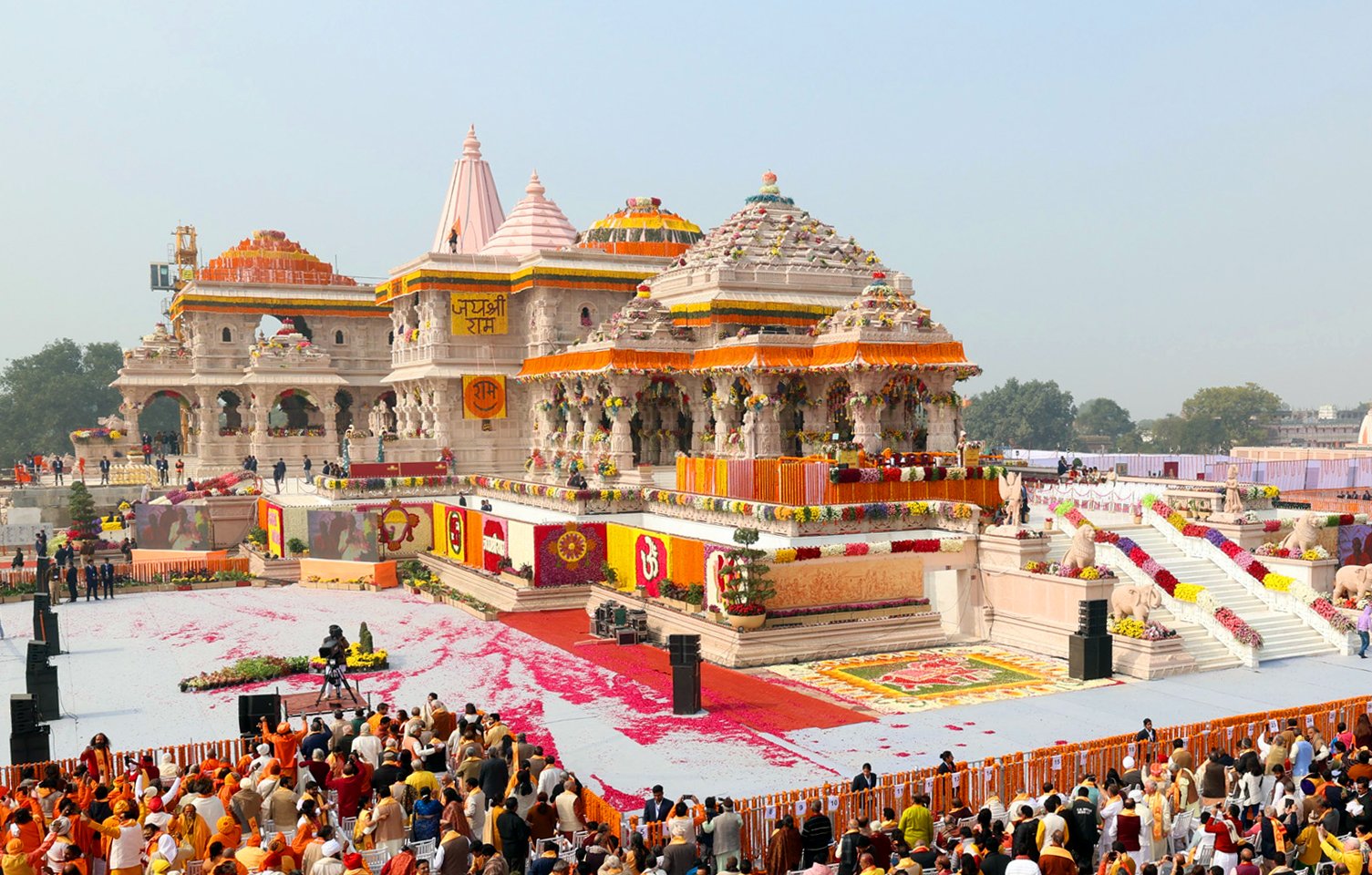
Ayodhya’s history stretches back thousands of years, making it one of the oldest continuously inhabited cities in the world. Revered in Hindu tradition as the birthplace of Lord Rama, Ayodhya holds a special place in the epic Ramayana, where gods walked as mortals and epic battles were fought for righteousness. The city’s ancient temples, winding alleys, and sacred ghats are living witnesses to generations of pilgrims who have journeyed in search of spiritual solace. Archaeological excavations have revealed layers of civilizations, from Gupta to Mughal, each leaving their own imprint on the land. This rich tapestry of history has only deepened the sense of sacredness that surrounds Ayodhya, making every stone feel charged with meaning. The city’s age and spiritual significance set the stage for the intense emotions its land evokes today.
The Ram Janmabhoomi: Faith and Mythology Intertwined
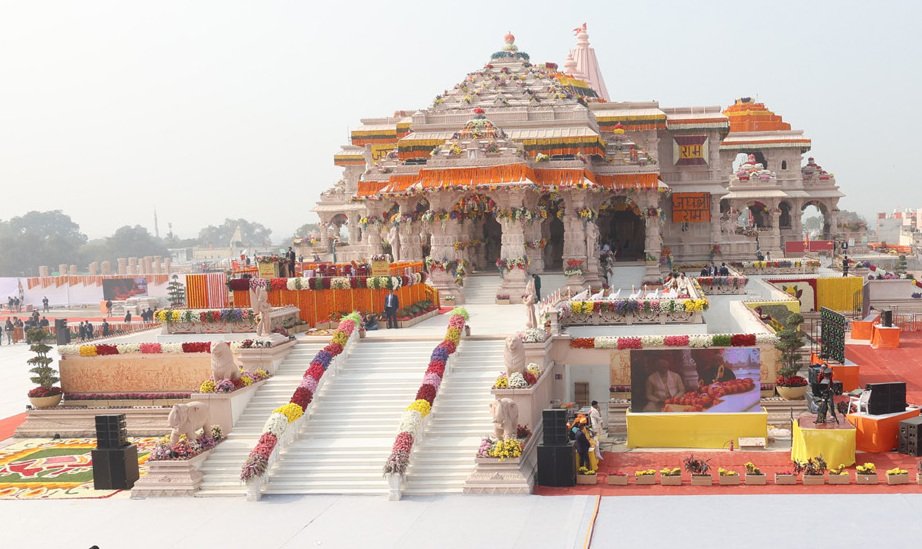
For millions of Hindus, Ayodhya is synonymous with Ram Janmabhoomi, the legendary birthplace of Lord Rama. The belief that Rama was born at a precise spot in the city is not just a religious conviction but a cornerstone of faith, celebrated every year with the dazzling festival of Ram Navami. Ancient texts and oral traditions have kept this legend alive, weaving together myth and historical memory in a tapestry that shapes personal and collective identities. The sacredness of the land is not just about geography—it’s about a living connection to divinity, a place where heaven is believed to have touched the earth. The power of this belief has made Ayodhya a beacon for pilgrims and a focal point for fervent devotion, turning the city into a symbol of hope and spiritual fulfillment for countless people.
The Babri Masjid: A Monument of Memory and Controversy
In the 16th century, the Mughal emperor Babur’s general constructed the Babri Masjid in Ayodhya, setting in motion centuries of interwoven history and tension. For many Muslims, the mosque was a place of worship, a community center, and a testament to the region’s rich Islamic heritage. The very existence of the mosque on a site believed by Hindus to be Rama’s birthplace created a simmering tension that would remain largely dormant for centuries. Over time, the mosque became more than just a building—it grew into a symbol of communal coexistence, as well as a flashpoint for historical grievances. The Babri Masjid’s stones bore silent witness to daily prayers, festivals, and the everyday lives of the faithful, all the while resting atop a land whose significance was fiercely contested. Its presence would eventually become the heart of a storm that would shake the nation.
The Flashpoint: 1949 and the Surging Tensions
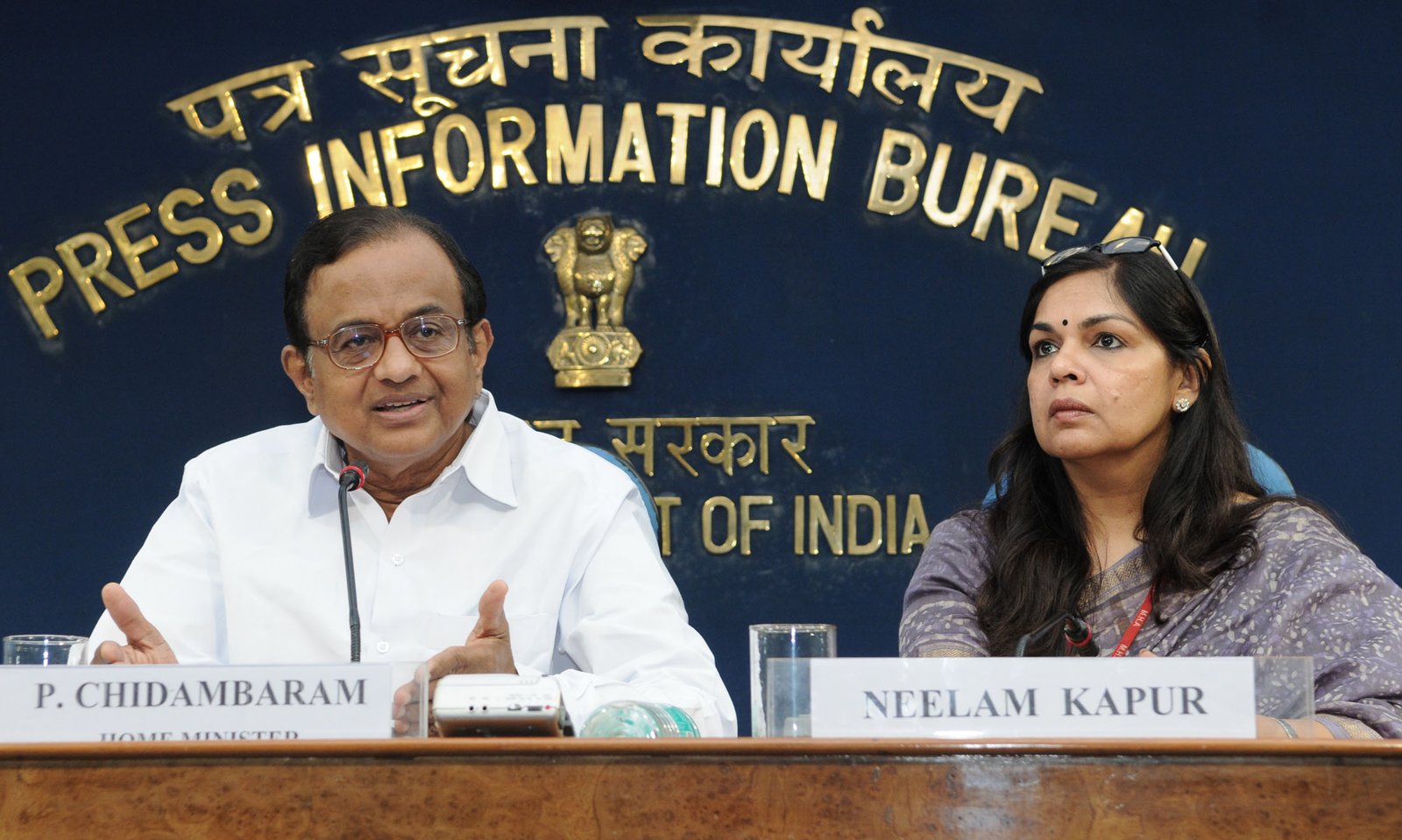
The modern phase of the Ayodhya dispute erupted dramatically in December 1949 when idols of Lord Rama mysteriously appeared inside the Babri Masjid. Overnight, the mosque was transformed into a contested site, with both communities laying claim to its sacredness. The sudden appearance of the idols led to a wave of anxiety, suspicion, and anger, as the fragile balance between religious groups was shattered. Authorities locked the site, prohibiting access to both Hindus and Muslims, but the seeds of conflict had already been sown. Stories spread like wildfire, each side accusing the other of provocation and sacrilege, while politicians and religious leaders seized the moment to rally supporters. From that point onward, Ayodhya was no longer just an ancient city—it became a battleground for identity, faith, and political power.
From Legal Battles to Political Movements
The Ayodhya dispute quickly escalated from a local quarrel to a national crisis, with courtrooms becoming arenas for fierce legal battles. Lawsuits were filed by both Hindu and Muslim groups, each armed with documents, testimonies, and centuries-old claims. The legal wrangling was mirrored by the rise of powerful political movements that sought to harness the emotional energy surrounding Ayodhya. Political parties used the dispute to galvanize supporters, drawing massive crowds to rallies and religious processions. The issue became a rallying cry that shaped electoral fortunes, hardened community lines, and redefined the landscape of Indian politics. Legal arguments and emotional appeals became intertwined, making the path to resolution ever more complex and charged with tension.
The Demolition of 1992: Shockwaves Across a Nation
On December 6, 1992, the Ayodhya dispute reached a tragic crescendo when a large crowd demolished the Babri Masjid, reducing centuries of history to rubble in a matter of hours. The event was broadcast live, stunning viewers worldwide and unleashing a torrent of violence across India. The destruction of the mosque was more than the loss of a building—it was a shattering blow to the ideals of religious coexistence and peace. Riots erupted in cities and towns, leaving thousands dead and communities scarred by grief and anger. For many, the demolition marked a point of no return, a moment when old wounds were torn open and the nation’s unity was put to a painful test. The echo of that day continues to reverberate in the collective memory, shaping attitudes and anxieties to this day.
Science, Archaeology, and the Search for Truth
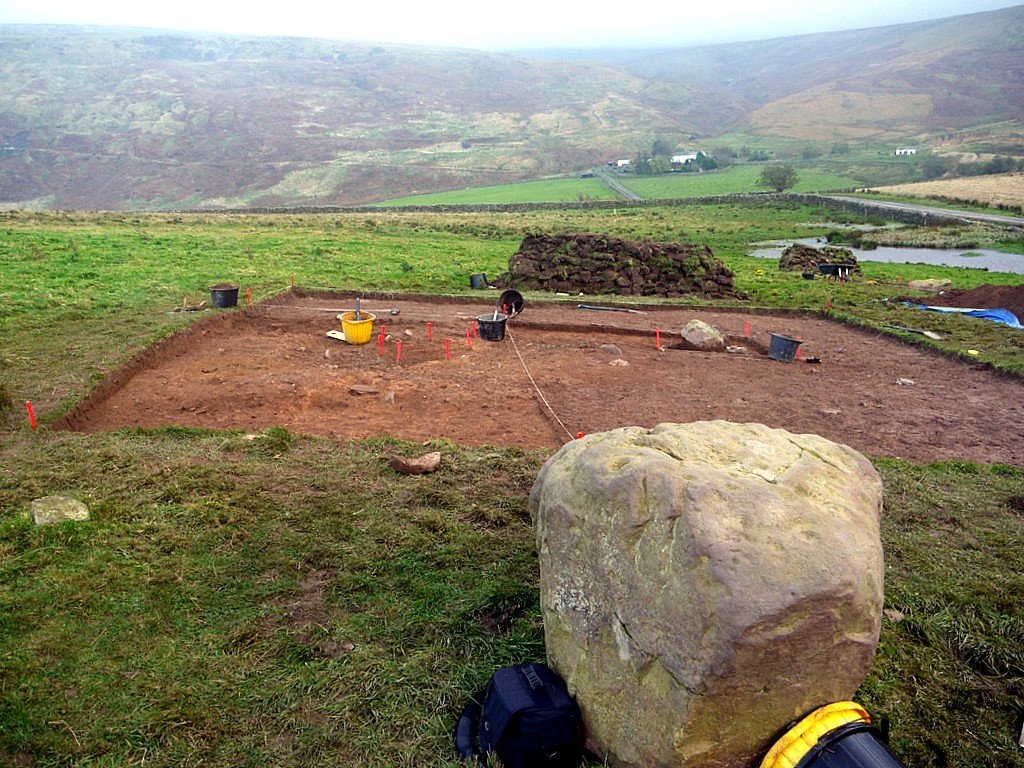
In the midst of heated emotions, scientists and archaeologists stepped in to shed light on Ayodhya’s past. Excavations at the disputed site became headline news, with teams uncovering remnants of ancient structures beneath the mosque’s foundations. Some findings pointed to the existence of earlier Hindu temples, while others were interpreted differently, fueling further debate. The use of ground-penetrating radar, carbon dating, and other modern techniques brought a new dimension to the conflict, shifting the conversation from faith and memory to empirical evidence and interpretation. However, even the most advanced scientific methods could not resolve the dispute, as the interpretation of evidence often depended on one’s beliefs and expectations. The intersection of science and faith in Ayodhya highlighted how facts and emotions can become inseparable, making the search for truth as complicated as the history itself.
Ayodhya’s Impact on National Identity
The Ayodhya dispute is not just about a piece of land—it is about who gets to define what it means to be Indian. For many, the conflict became a mirror reflecting deeper questions of cultural belonging, historical memory, and national pride. Politicians and thinkers alike debated whether Ayodhya’s resolution would strengthen the nation’s unity or deepen its divisions. The site became a stage for competing visions of India: one rooted in ancient traditions, another committed to secular ideals, and a third striving to balance both. The passions unleashed by Ayodhya have influenced art, literature, and public discourse, shaping how people see themselves and their place in the world. In this sense, Ayodhya’s story is the story of India itself—a country always negotiating the delicate dance between tradition and modernity.
Religious Harmony and the Challenge of Coexistence

Ayodhya’s saga is a stark reminder of how difficult it can be for diverse communities to share sacred space. For centuries, Hindus and Muslims lived side by side in the city, celebrating festivals, sharing markets, and raising families. The dispute, however, exposed the fragility of this coexistence, showing how quickly trust can unravel when fear and suspicion take root. Efforts to promote dialogue and reconciliation have met with both hope and resistance, as old wounds are slow to heal. Yet, there are countless stories of ordinary people reaching out across religious lines, determined to rebuild bridges and create a more peaceful future. Ayodhya’s challenge is not just to resolve a property dispute, but to prove that harmony is possible in a world too often divided by difference.
The Supreme Court Verdict: A Turning Point
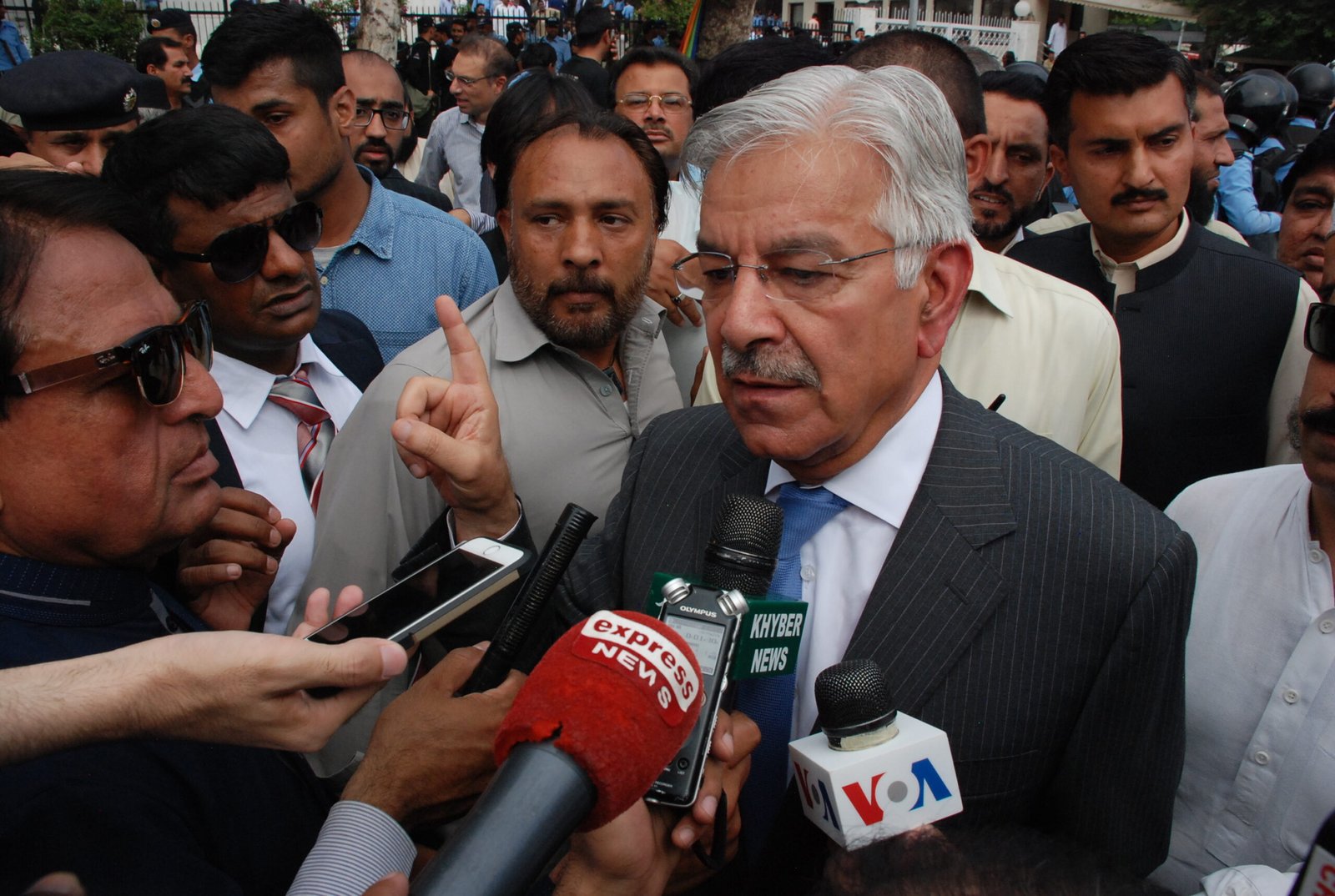
In November 2019, the Supreme Court of India delivered a landmark verdict, awarding the disputed land to a trust for the construction of a Ram temple while allocating alternative land for a mosque. The decision was greeted with relief by some, disappointment by others, but it marked a crucial turning point in the long saga. The court emphasized the importance of peace, justice, and mutual respect, urging all communities to move forward without bitterness. The verdict did not erase the pain of the past, but it offered a framework for beginning a new chapter in Ayodhya’s story. The ruling was seen as an attempt to balance competing claims, recognizing the depth of faith and the importance of coexistence.
Ayodhya Today: Transformation and Renewal
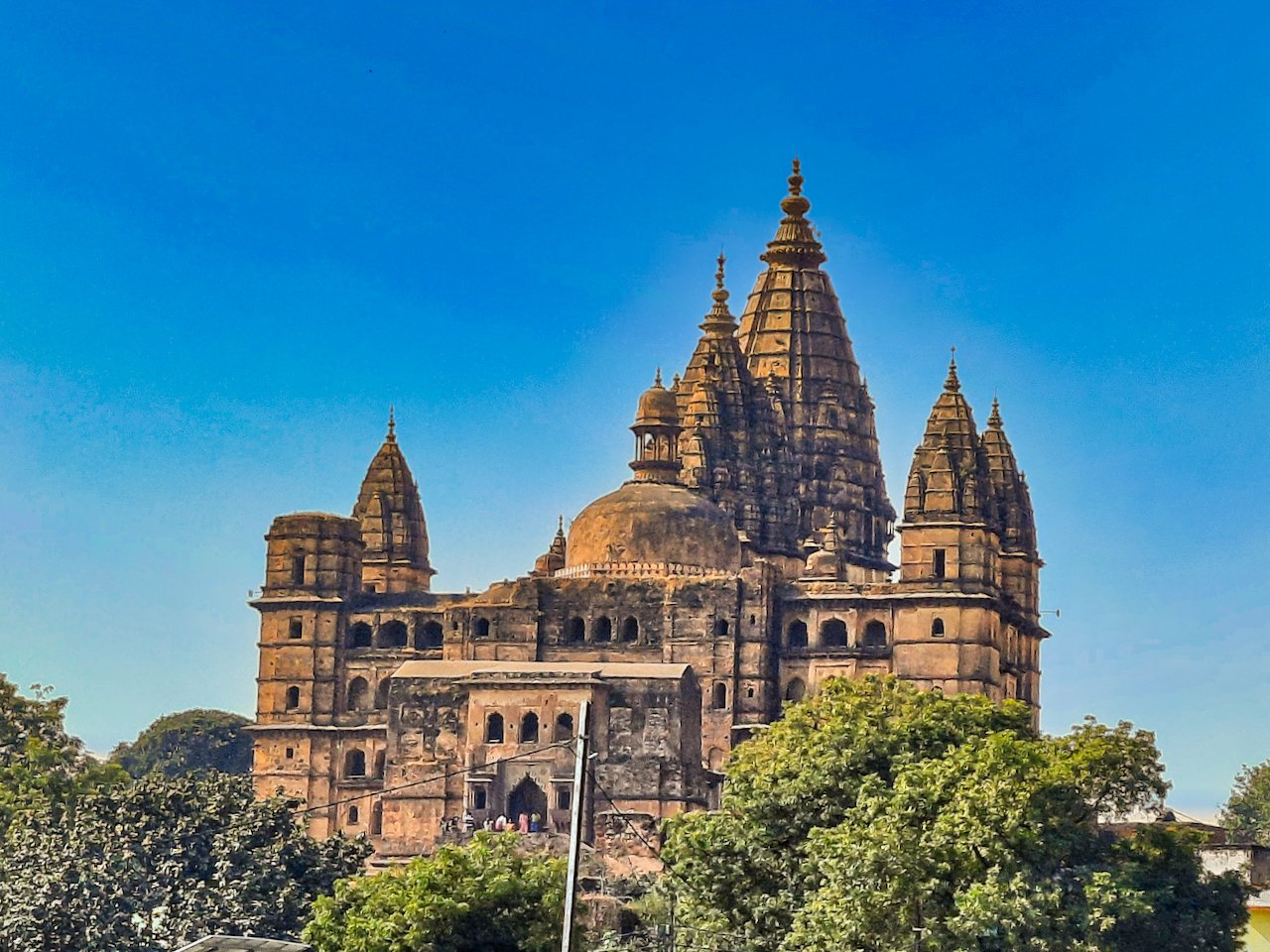
Today, Ayodhya is undergoing a dramatic transformation, with construction of the new Ram temple underway and plans for the mosque moving forward. The city is being revitalized, with improved infrastructure, new tourist facilities, and cultural events designed to attract visitors from around the world. Pilgrims still come in droves, their faces alight with hope and devotion, while local residents adapt to rapid change and new opportunities. The landscape itself is changing, but the spirit of Ayodhya remains as vibrant and resilient as ever. The city’s journey from conflict to renewal is a testament to the power of faith and the human capacity for healing and growth.
Lessons from Ayodhya: Memory, Meaning, and the Path Forward

Ayodhya’s story is a powerful reminder that history is never just about the past—it shapes our present and future in ways we often cannot predict. The dispute has taught us how memory and meaning are woven into the land, turning ordinary places into sacred ground. It has shown how easily passions can be inflamed, but also how deeply people yearn for peace and understanding. As Ayodhya moves forward, its journey offers lessons for all of us about the importance of dialogue, empathy, and respect for difference. The city’s story is far from over, and its future will be shaped not just by laws and buildings, but by the hearts and minds of those who call it home.


